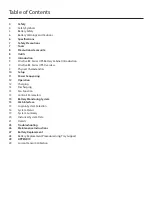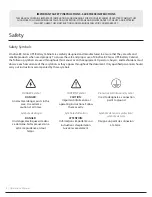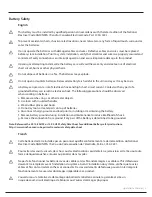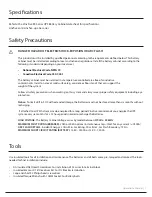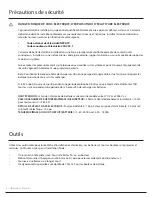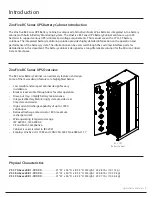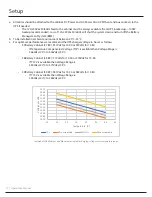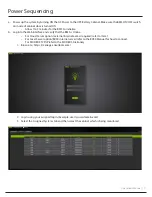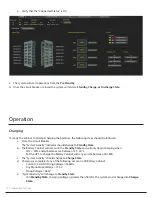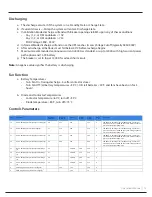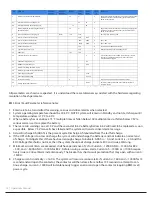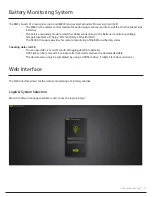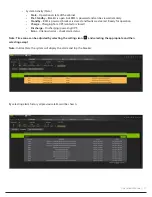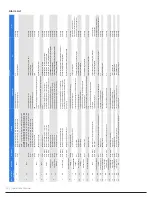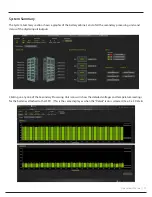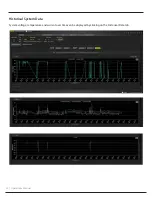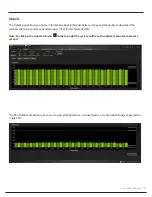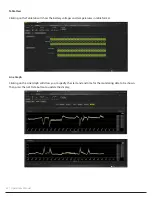
Operations Manual | 7
Specifications
Refer to the ZincFive BC Series UPS Battery Cabinet data sheet for specifications.
zincfive.com/zincfive-ups-bc-series
Safety Precautions
DANGER: HAZARD OF ELECTRIC SHOCK, EXPOSION OR ARC FLASH
This product must be installed by qualified personnel according to the requirements defined below. This battery
cabinet must be installed according to local and national regulations. Install the battery cabinet according to the
following standards (depending on your local area):
• National Electrical Code NFPA 70
• Canadian Electrical Code CSA C22.1
The battery cabinet must be installed in a temperature controlled area free of conductive
contaminants. Install on a level, solid surface (e.g. concrete or floor stand) that can support the
weight of the system.
Follow all safety precautions when working on this system and always wear proper safety equipment including eye
protection.
Notice:
To limit drift in SOC with extended storage, the batteries must not be stored more than six months without
recharging.
If attached to a UPS that remains de-energized for a long period ZincFive recommends you energize the UPS
system every six months for a 12 hour period in order to recharge the batteries.
HIGH VOLTAGE:
The Battery Cabinet Voltage varies by model between
370Vdc - 596Vdc
MAXIMUM FAULT RATING (BREAKER):
20kA or 50kA options (instantaneous trip <10mS for any current >=7800A)
ARC FLASH DETAILS:
Incident Energy at: 18in, Min. Arc Rating: 20 cal/cm2, Arc Flash Boundary: 72.5in
MAXIMUM SHORT CIRCUIT RATING (BATTERY):
13-80 - 5400A or 13-90 - 7,500A
Tools
Use insulated tools for all installation and maintenance. The batteries and all bolts come pre-torqued and marked. The tools
needed for final installation include:
•
An insulated Flat Head Screwdriver: For installation of AC wires to terminal block.
•
Insulated 8mm or 5/16” Hex driver bit: For DC Breaker termination.
•
Long and short #2 Philips head screwdriver.
•
Insulated Torque Wrench with 10MM Socket: For Battery bolts.



